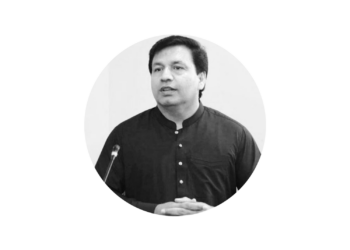Another sad incident unfolded in Sindh’s Mirpurkhas as a woman was forced to give birth on the roadside outside a hospital. Sadly, this occurrence isn’t an isolated one; rather, it underscores a recurring problem prevalent in interior Sindh, where the provision of adequate healthcare has long been a struggle.
In rural regions, the dearth of healthcare amenities is acutely felt, necessitating arduous journeys for even basic medical attention. The healthcare facilities in Sindh often lag behind, characterized by antiquated equipment and staffing shortages, resulting in substandard care and a heightened risk of medical errors. Ironically, the Pakistan People’s Party, which has governed the province for the past 16 years and holds a total tenure of 26 years in Sindh, champions the provision of high-quality public healthcare as a central tenet of its manifesto.
However, the reality paints a grim picture, with many hospitals in deplorable conditions, lacking essential infrastructure and basic medical supplies. Wheelchairs and stretchers are often unusable, and medicine availability is restricted to nearby pharmacies. The practice of sharing oxygen masks among patients flagrantly violates standards of patient care. Furthermore, a significant number of doctors seem to have forsaken the Hippocratic oath, prioritizing profit over patient welfare in their private medical practices.
Health is undeniably a fundamental right, essential for a fulfilling life. In Sindh, the responsibility for nurturing a robust health infrastructure squarely falls on the shoulders of the PPP, yet despite decades of governance, they have failed to fulfill this primary obligation.




























